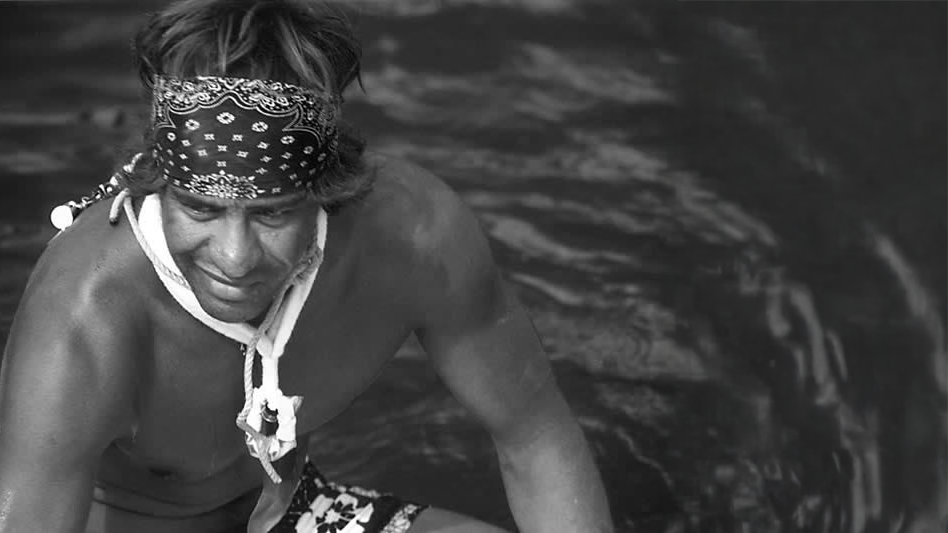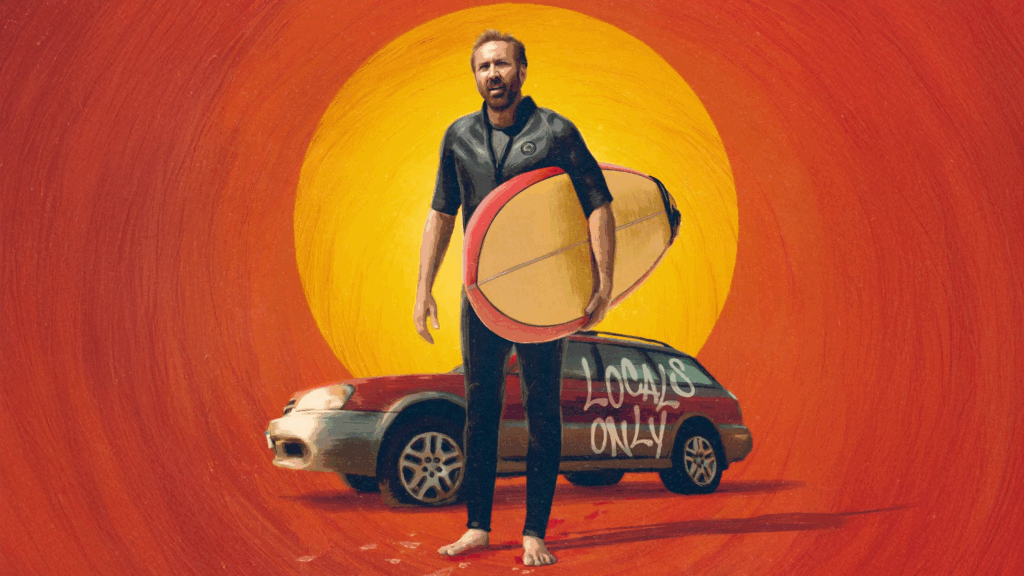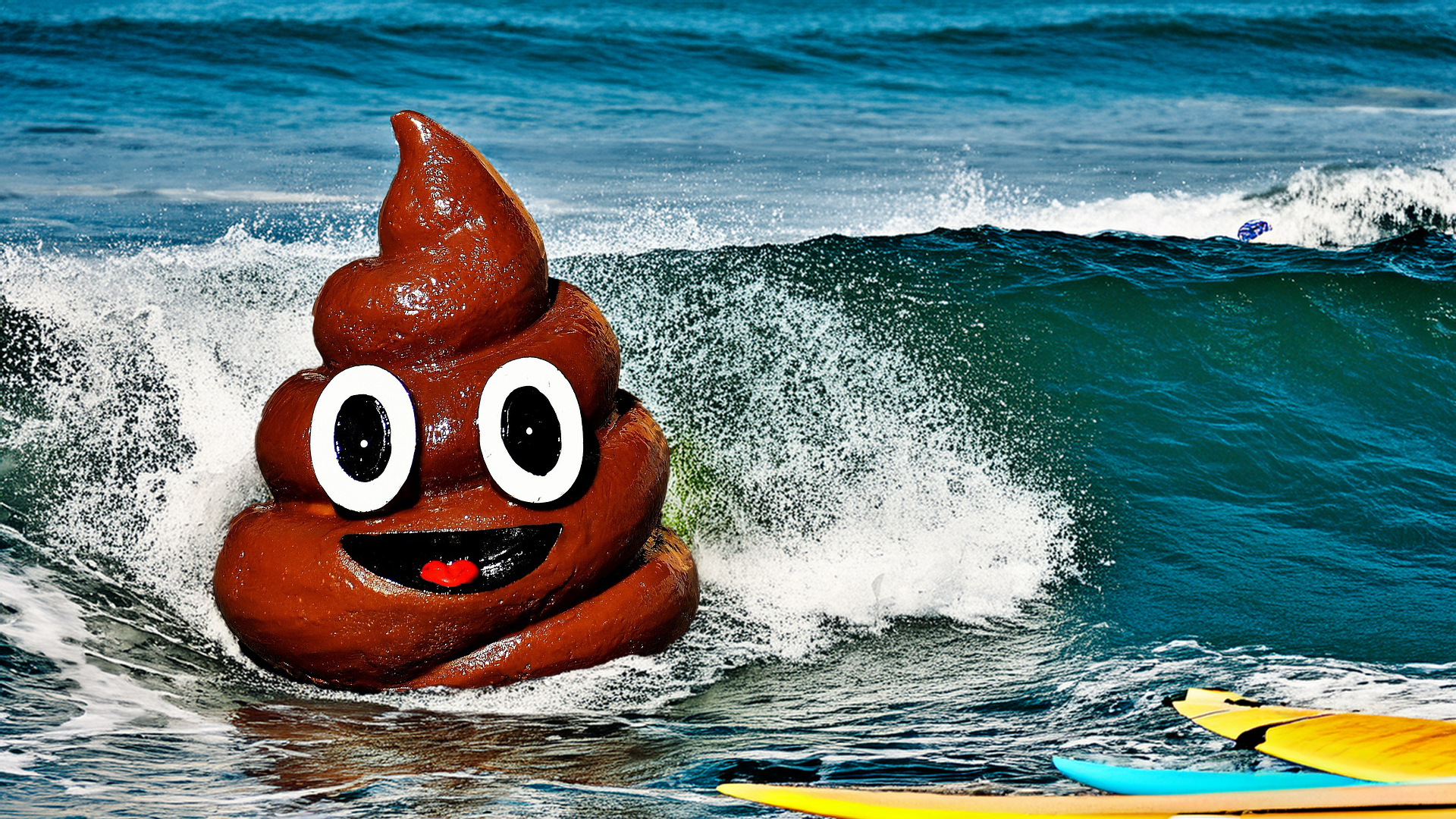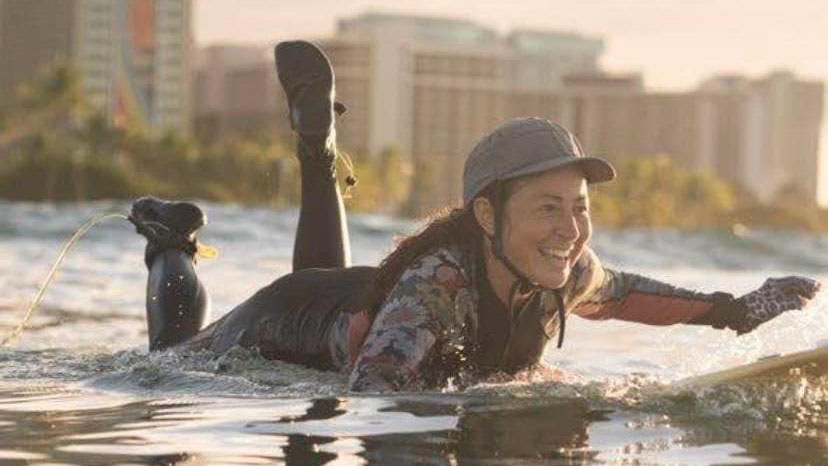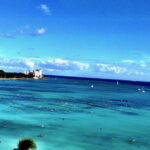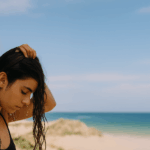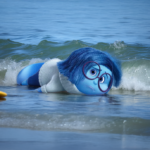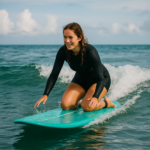Now Reading: Before the foamies: the Olo, naked surfing & human sacrifice
-
01
Before the foamies: the Olo, naked surfing & human sacrifice
Before the foamies: the Olo, naked surfing & human sacrifice
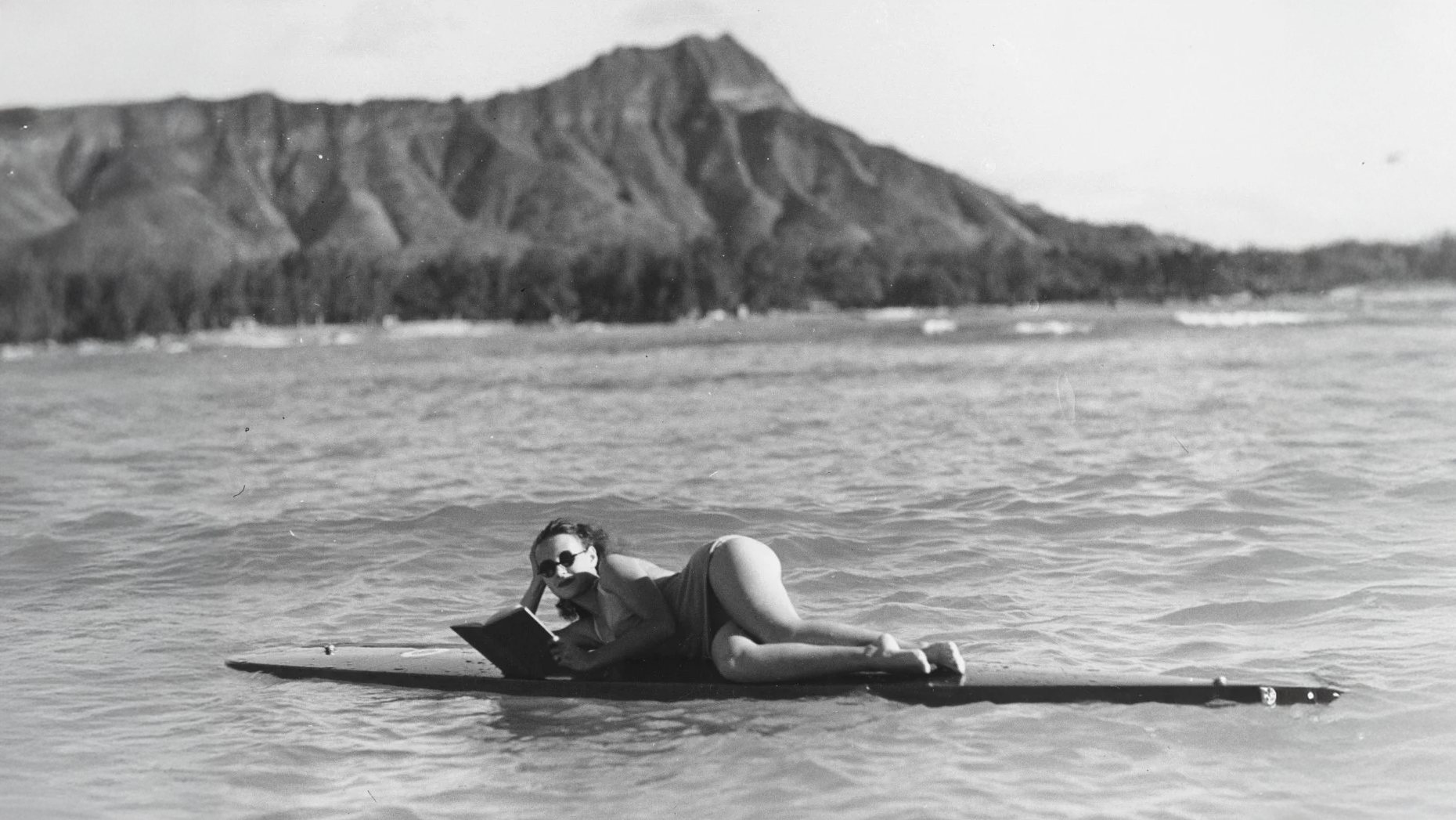
There is this boy I’m obsessed with. I mean—a board. There’s a board I’m obsessed with.
But its name does sound like a Swedish boy’s name—Olo.
Today, we use the Olo—the ancient Hawaiian surfboard—as a springboard for a little history lesson on the beginnings of surfing.
🚀 The birth of surfing & the role of the Olo
To me, the Olo is synonymous with the birth of surfing.
Surfing originated in the Polynesian islands and was later exported to Hawai’i, where Polynesians settled around A.D. 300.
But according to historians, some version of surfing dates back as far as 2000 B.C.—and back then, it was mostly kids’ play.
They’d catch waves on whatever floated—a piece of wood, a dried frond—using it as a planing surface.
By 1200 A.D., surfing in Hawaii had become a full-blown cultural obsession.
Everyone surfed—kids, women, men, commoners, and the ruling class.
And they all surfed naked. (Don’t look, don’t look!)
And when we say it was an obsession, we mean it.
A 19th-century scholar once wrote:
“All thought of work is at an end. The wife may go hungry, and the children, but the head of the house does not care. All day there is nothing but surfing.”
So if your friends or family ever complain about you surfing too much—just tell them it’s historically justified.
👑 The Olo: Surfboard of Hawaiian royalty
The big kahunas of Hawai’i—literally, Hawaiian royalty—rode the Olo.
They surfed at exclusive surf breaks, and if you ever thought “locals only” was bad today—try being a commoner in ancient Hawai’i.
How big was the Olo?
Short answer: Waaaaay too big.
- Length – 17 to 22 feet
- Width – 16 to 20 inches
- Thickness – 6 to 8 inches
- Weight – 168 to 200 pounds
Depending on who you’re talking to.
For context:
🏄♂️ A modern fiberglass longboard weighs up 25 pounds.
🌳 A classic wooden longboard weighs up to 40 pounds.
Now, imagine trying to control an Olo—at 5 times that weight.
And if one went flying in the lineup? Game over, man.
This might actually explain why kapu laws (the ancient Hawaiian system of sacred laws and prohibitions) prevented commoners from owning an Olo—not just for status, but possibly for public safety.
🌿 What was the Olo made of?
In Hawaiian, “Olo” doesn’t have a direct translation.
It essentially just means a long, heavy, board ridden by royalty.
The Olo was made of wiliwili wood, the same lightweight wood used for canoes.
Occasionally, an Olo was made from redwood, but that was extremely rare—because the wood had to drift thousands of miles from the Pacific Northwest before arriving in Hawai’i.
🛠️ The making of an Olo
Building an Olo was serious business and took about a week.
Step 1: Find the right tree
🌳 A tall, appropriate tree had to be located.
Step 2: The ritual
🐟 Before cutting it down, a red kumu fish was placed at the trunk as a spiritual offering.
🙏 Prayers were said, and the fish was buried in the root system.
(At first, I felt bad for the fish… until I found out that when making canoes for long, perilous journeys, the “offering” was a human. Needs must, I guess.
Step 3: Shaping the board
🪓 The trunk was roughly shaped into a board using an adze (basically an ancient axe).
🪨 Smoothed out using coral and pumice.
🥥 Finally, waterproofed with nut oil.
And guess what? The Olo didn’t have a fin.
Fins weren’t introduced to surfboards until 1935, thanks to Tom Blake—but that’s a story for another post.
🌊 Where did they ride the Olo?
Some say the Olo was reserved for gentle, sloping waves. Others claim it was for big, post-tsunami waves.
In 1920, when Tom Blake was hanging out with Duke Kahanamoku in Hawai’i, they built a 16-foot, 130-pound Olo replica.
According to Blake, it worked particularly well in large surf.
Blake later wrote:
“The Duke did some of the most beautiful riding I have ever seen on his new long board.”
🏛️ See the Olo in real life
If you’re ever on Oahu, check out the Bishop Museum in Honolulu.
They have a large collection of prehistoric surfboards, including the Olo, and display them periodically, but not this year. Check out the MAH in Santa Cruz in June 2025 instead.
Fun fact: Some of these boards used to hang outside the museum, exposed to the elements. Tom Blake himself tried to restore them in the mid-1920s.
Double fun fact: The museum admits that the Olo board is so big that they don’t have any good photos of them.
Triple fun fact: The Bishop Museum is only 38 miles from Turtle Bay Resort on the North Shore—aka, where Forgetting Sarah Marshall was filmed.
🏄 Would you ride an Olo?
I would have loved to ride the Olo.
At that length and volume, I bet you my pop-up would’ve improved massively.
But… us commoners never stood a chance.
🚀 Up next: The Alaia & Paipo
Fear not! We’ll talk about two other ancient Hawaiian surfboards—the Paipo and the Alaia—soon.
If you can’t wait and want a deep dive into surf history, I highly recommend The History of Surfing by Matt Warshaw.
Or better yet—listen to the audiobook. It’s hugely enjoyable.












